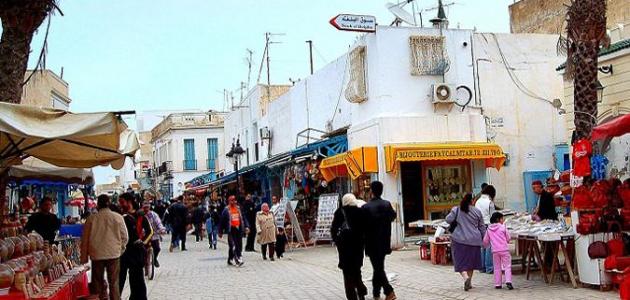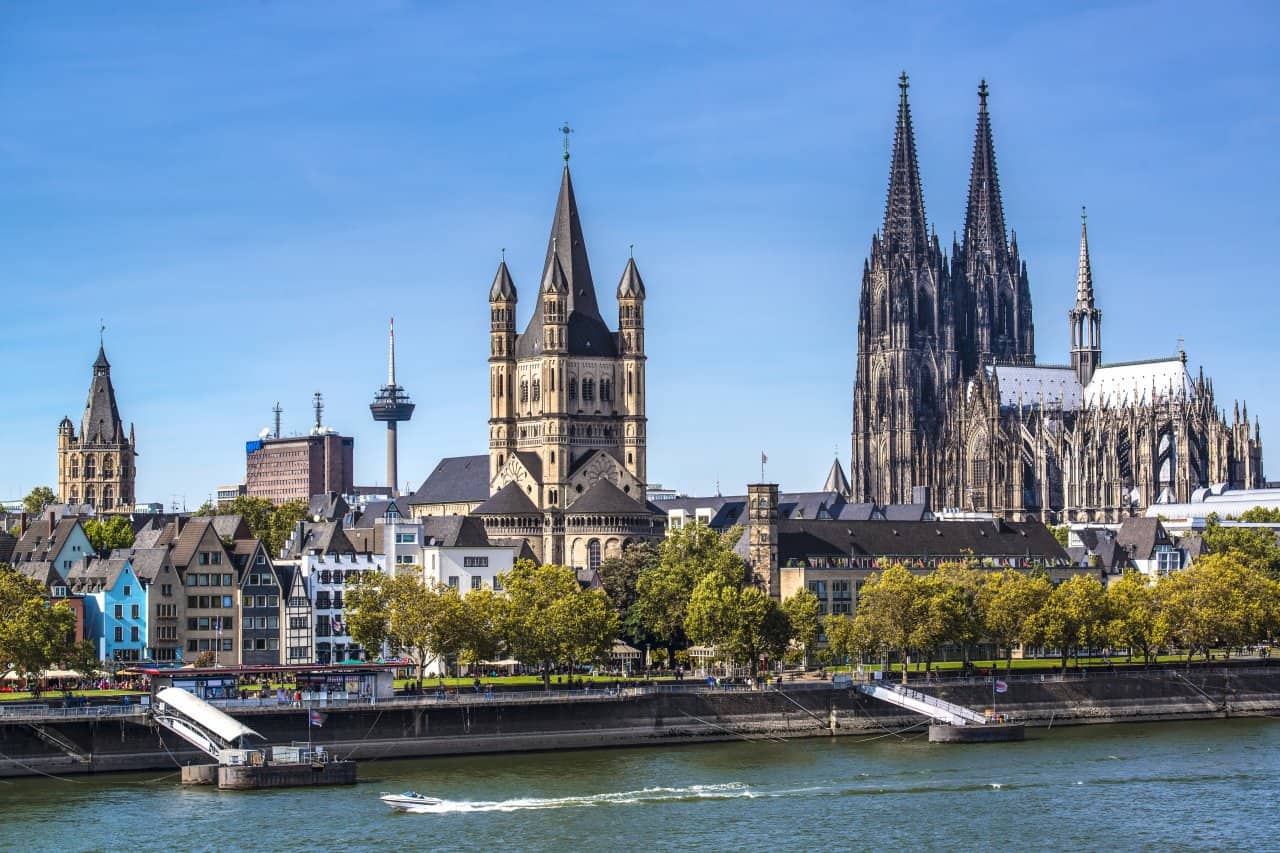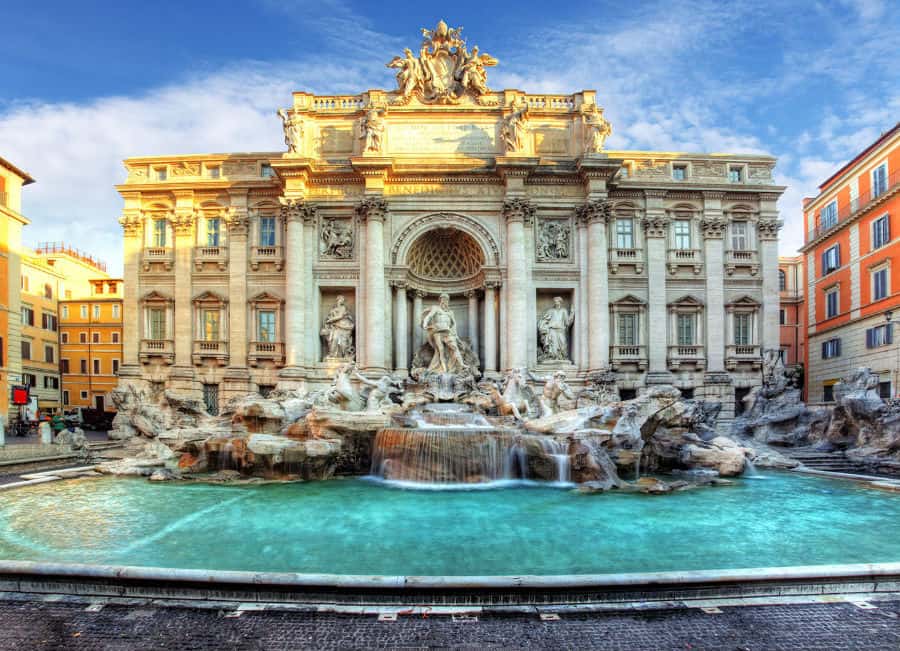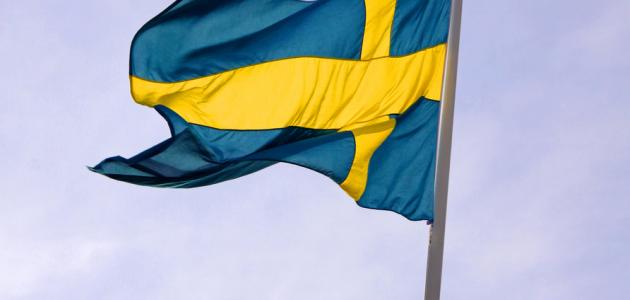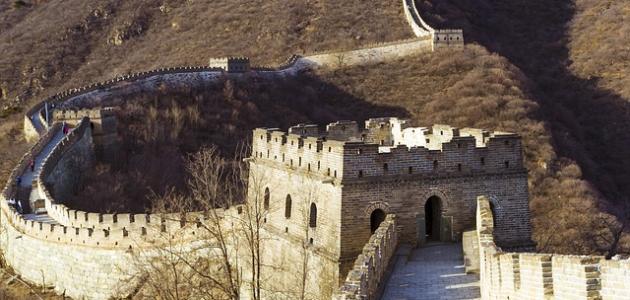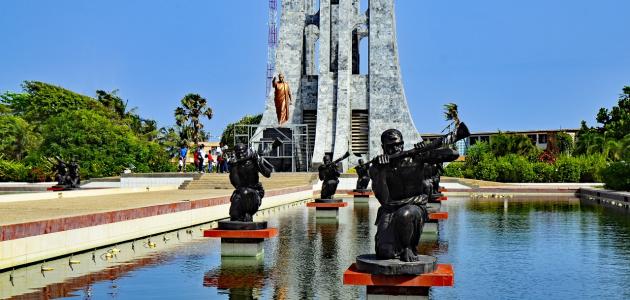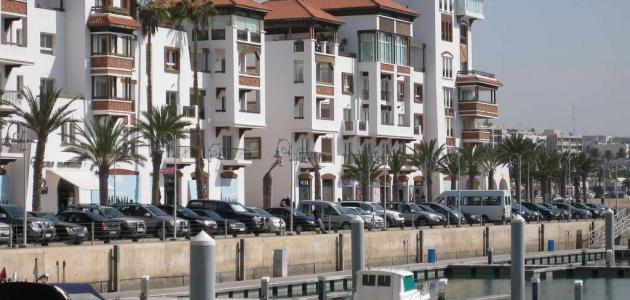Table of Contents
Mosaic palace of Hisham bin Abdul Malik palace
The mosaic painting found in the palace of the Umayyad Caliph Hisham bin Abdul Malik, in the city of Jericho in the east of the West Bank, is the largest mosaic in the world, and is more than 1400 years old, and an area of 827 square meters, and consists of 38 rugs connected to each other, including various geometric shapes Beauty and accuracy, and has a hue of an estimated 21 colors.
Information about the mosaic of Hisham bin Abdul Malik’s palace
This mosaic consists of seven million stone mosaics, each one square centimeter in size, and it covers the floor of the reception hall, and the great bathroom of the palace of the Caliph Hisham bin Abdul Malik, which was built in the middle of the eighth century AD, and it extends more than 610,000 meters Square north of the city of Jericho, and at an altitude of 260 meters below sea level, it was used as a shelter for it until it was destroyed by an earthquake a few years after the completion of its construction.
Mosaic Tree of Life
The Great Pigeon is located in the northern part of the palace of King Hisham bin Abdul Malik, and its entrance consists of a large ornate door, which is a huge roofed building topped by nine domes, and the archaeologists found near it the statue of the caliph, which was transferred to the Palestinian Antiquities Museum (Rockefeller Museum In Jerusalem, the mosaics decorate the floor of the large hall inside the bathroom, and the small court room that was dedicated to receive guests is located next to the large hall that decorates the famous mosaic known as the Tree of Life its land, and it depicts a fruitful tree, to the left of which is a deer preyed by a lion, and in return is located Deer on her right lives N in peace and security, thus painting symbolizes the presence of both war and peace in life.
Discovering the mosaic of Hisham bin Abdul Malik Palace
This mosaic was discovered in 1935 AD by Palestinian architect Dmitry Baramky and British architect Robert Hamilton, under the rubble of an earthquake that struck Jericho in 947 AD, after the site of the palace was discovered in 1837 AD, and was buried with sand after that, to protect it from erosion due to various weather factors.

